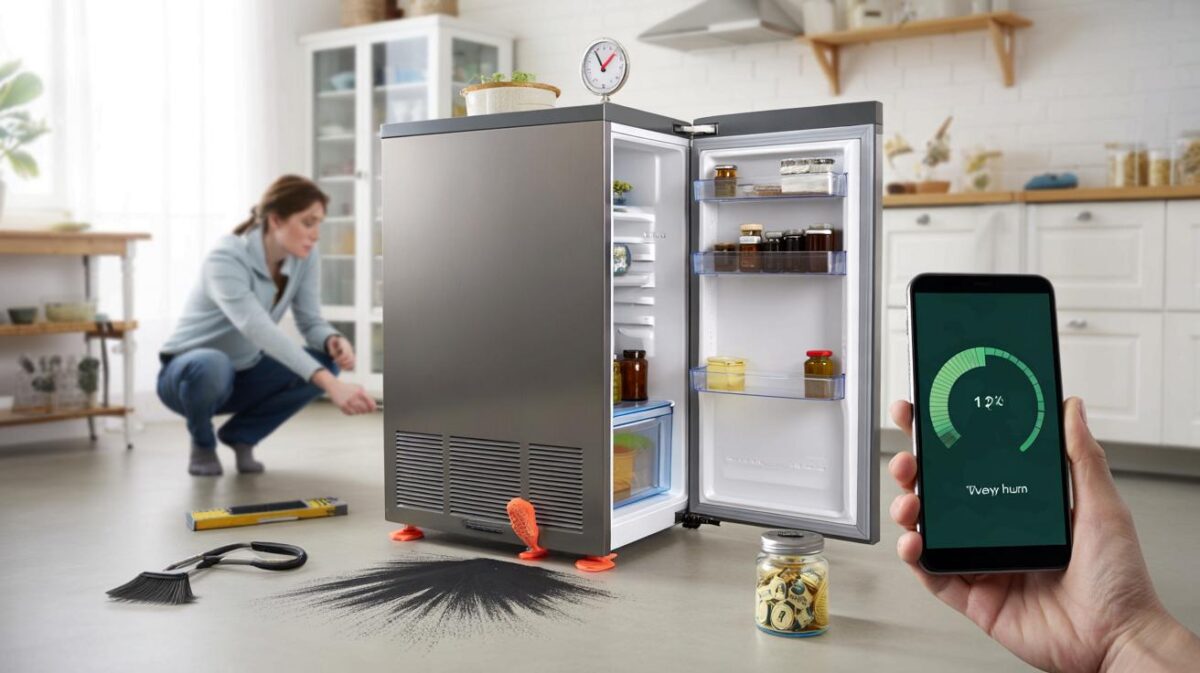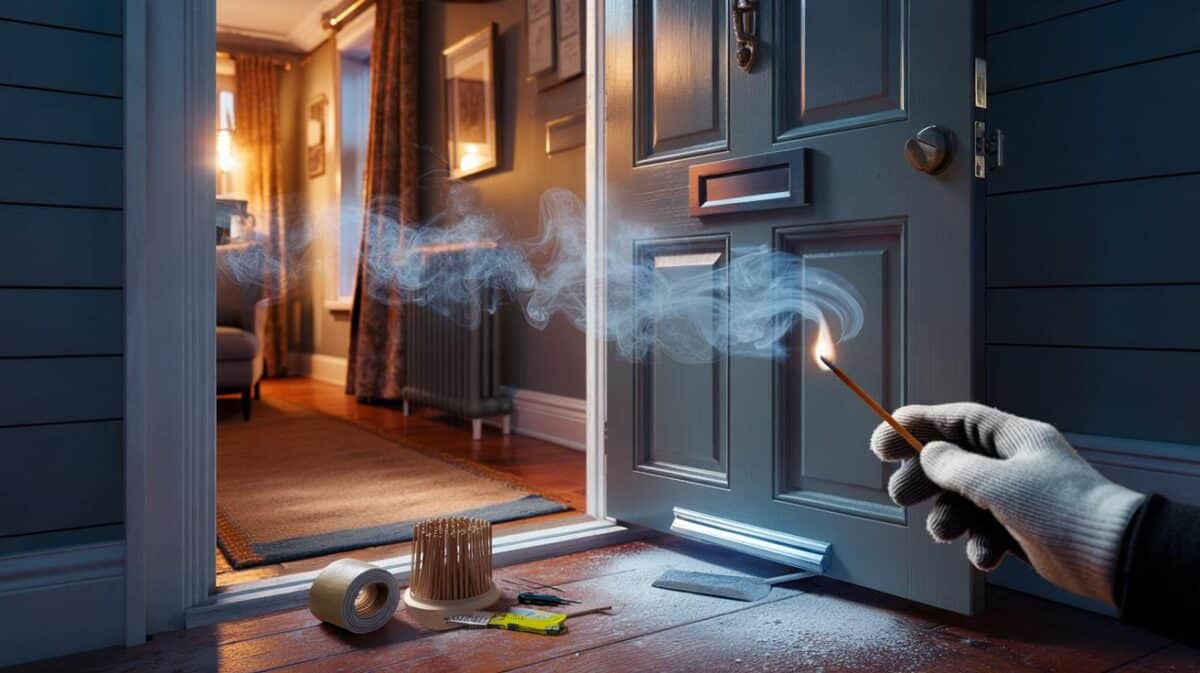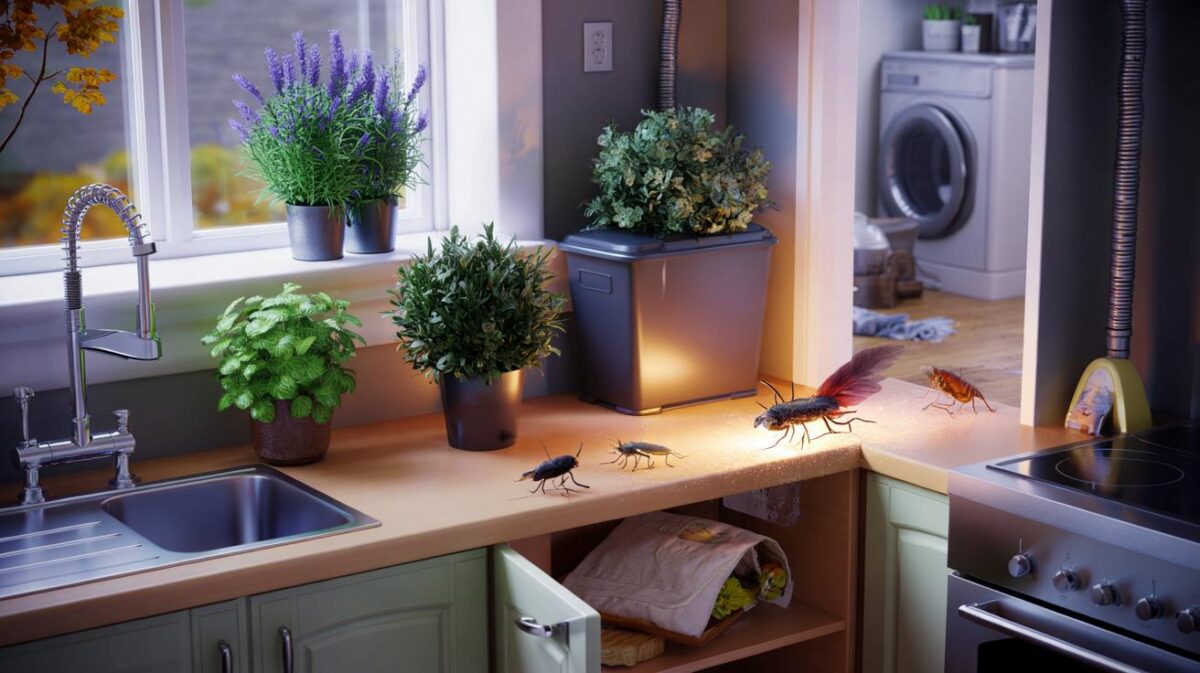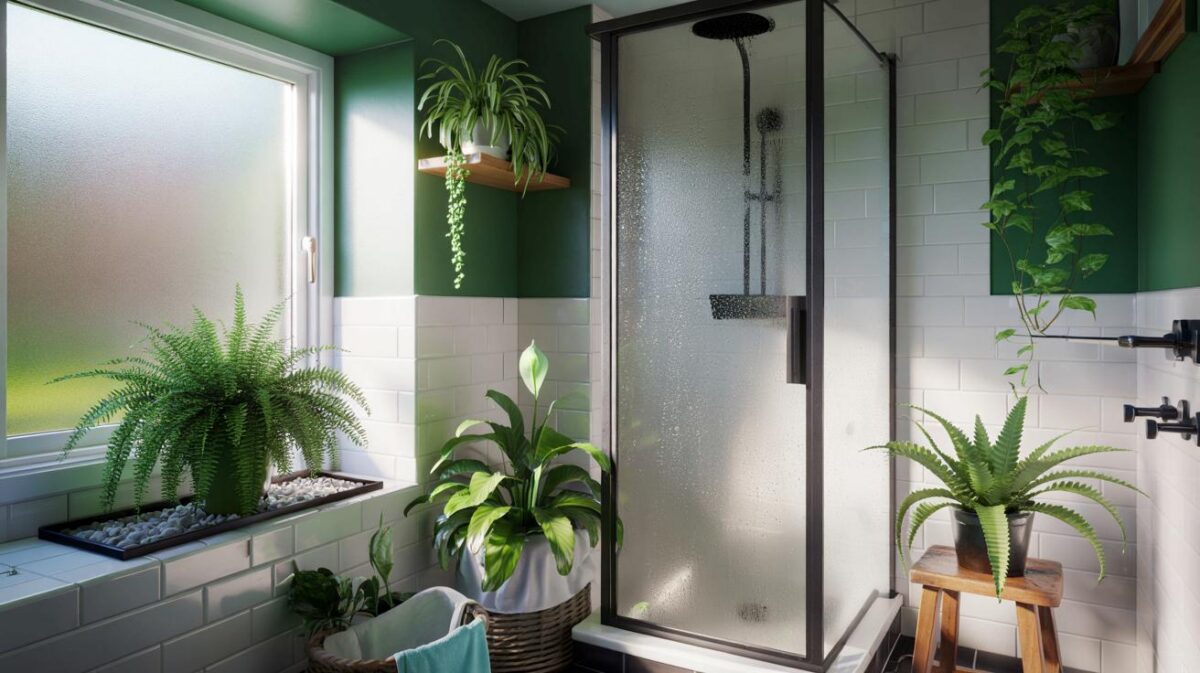Space heaters feel like the simple answer on a cold night: a quick blast of warmth where you are, without heating rooms you’re not using. They’re small, affordable, and everywhere. They’re also involved in far more home fires and money leaks than most of us realise. This is about staying warm without torching your living room—or your energy budget.
The kettle hummed. The dog nosed the warm fins as the first curls of toasty air rose and the faint smell of dust burned off from last winter.
She tugged the flex to reach the plug, pinched by a shoe rack, while a scarf drooped off a radiator into the heater’s orbit. Her phone pinged with a wholesale energy price update she didn’t want to read. She turned the dial anyway. Then the plug began to warm.
The quiet risks hiding in a cosy glow
Portable heaters punch above their size. A 2 kW unit draws almost the same current as a kettle, only for much longer. That power turns to heat fast, and heat doesn’t care about your habits or your hallway clutter.
Fire services across the UK link hundreds of home fires each year to portable heaters, often with the same patterns: soft furnishings too close, extension leads overheating, units knocked over at night. One London firefighter told me the worst calls come after midnight, when a dressing gown, a throw, a forgotten laundry rack meets a glowing element. The technology has improved. The habits often haven’t.
There’s a simple logic behind most incidents. High wattage means high current, and current produces heat in cables, reels and poor connections. A coiled extension lead behaves like a blanket wrapped round a hot pipe. A heater’s front face reaches temperatures that can scorch a synthetic curtain from a surprising distance. And because the warmth feels local and friendly, we stop treating it like the small oven it truly is.
Use it right, spend less, sleep easy
Start with placement. Keep a clear metre around every portable heater—front, sides, above. Hard, level, non‑flammable surface only. **Plug space heaters straight into the wall, never an extension lead.** If your sockets are older, pick a unit with tip‑over and overheat cut‑outs, and use a plug‑in RCD for an extra layer of protection.
Now think time and temperature. Set the lowest thermostat that keeps you comfortable and use short bursts with a timer rather than hours on end. Close the door, draft‑proof obvious gaps, and “heat the human”: throw over a blanket, warm your feet, and let the heater do the last 20%. We’ve all had that moment when the chill gets into your bones; zoning the heat to your body beats cooking empty space.
Common slip-ups are human, not reckless. Drying clothes on or over a heater, running it while you nap, trailing flexes under rugs, using bathroom plug‑ins near water—these are the cliffs we walk along when nights are long. Let’s be honest: nobody actually does that every day. Dust the intake grilles at the start of the season and check the plug for warmth the first few runs. If a smell lingers beyond a few minutes, stop and investigate.
Keep a clear metre around every portable heater.
“Think of a space heater as a campfire in a box,” says a fire officer in Manchester. “You’d never hang your jumper over the flames. Give it space, power it properly, and it’ll do its job.”
- Quick checks before you switch on: dust off vents; inspect plug, flex and casing; uncoil any cable fully; test tip‑over cut‑out by gently tilting on a cold start; keep kids and pets out of the one‑metre zone.
- Power maths: a 2 kW heater draws roughly 8.7 A; cheap extension leads often max at 10 A and run hot. Wall socket wins.
- Smell of “hot dust” is normal for a few minutes after long storage. Anything acrid, smoky, or persistent means stop.
- Bathrooms need fixed, IP‑rated heating. Portable plug‑ins and steam don’t mix.
- Look for UKCA/CE mark, a recognised test mark (BSI Kitemark, BEAB, UL/ETL), and a solid, weighty base.
The money side: warmth without waste
Space heaters are brutally simple on cost. A resistive heater costs roughly its wattage in kilowatts times your unit rate per hour. A 2 kW fan on a 25p/kWh tariff is about 50p per hour. That’s fine for 20‑minute bursts in a small room, eye‑watering if you drift for an evening and forget.
Oil‑filled radiators shine for steady, background warmth once the oil’s hot, while fan heaters deliver quick comfort you can switch off sooner. Infrared panels warm surfaces and people more than air, which feels efficient in a home office. The cheapest heat is still the heat you don’t need: close doors, block drafts, and pre‑warm the person. *The best heater is the one you actually use wisely.*
Watch out for “miracle” gadget ads with fake logos and wild claims. **If a deal looks too good to be true, it is.** Check the rating plate for true wattage, skim reviews that mention long‑term use, and buy from a retailer that honours returns. Energy scams spike in winter; so do regrets. A trustworthy heater is boring by design.
Here’s the bit many skip: test your smoke alarms and walk your heater’s route like a toddler would. If a flex tugs, a sock dangles, a throw can slide, that’s your story written already. Underline it once. Then warm up, with a small glow and a lighter bill.
| Key points | Detail | Reader Interest |
|---|---|---|
| One‑metre safety zone | Keep fabric, furniture and drying racks at least 1 m from the heater’s face | Instant fire‑risk drop without buying anything |
| Plug into the wall | High current loads overheat cheap extension leads and coiled reels | Prevents hidden cable melt and socket fires |
| Cost per hour reality | 2 kW on 25p/kWh ≈ 50p/hour; short, targeted bursts save pounds | Budgeting clarity and fewer bill shocks |
FAQ :
- Is it safe to leave a space heater on while I sleep?Not recommended. Most fire services advise switching off and unplugging before bed. Use warm bedding, pre‑heat the room for 15–20 minutes, then turn the heater off.
- Which type is safest: oil‑filled, fan, or infrared?All can be safe if certified and used correctly. Oil‑filled models have lower surface temperatures and no exposed element, which many prefer around kids and pets.
- Can I use an extension lead or power strip?Avoid both. High current plus long duration overheats cheap leads. Use a wall socket with a 13 A fused plug and consider a plug‑in RCD for extra protection.
- Why does my heater smell when I turn it on after months?Likely dust burning off the element or fins. The smell should fade in minutes. Persistent acrid odours, discolouration, or a warming plug point to a fault—stop using it.
- How much does it cost to run a 2 kW heater?Multiply power by your tariff. At 23–30p/kWh, you’re looking at roughly 46–60p per hour. Short, targeted use in a closed room keeps costs sane.







